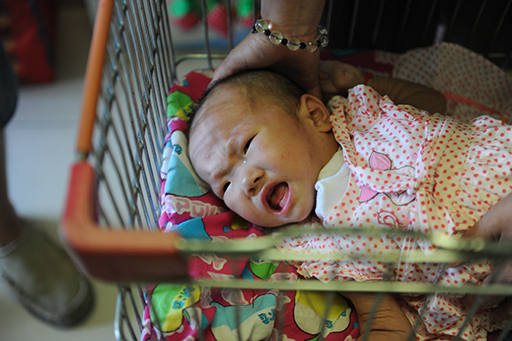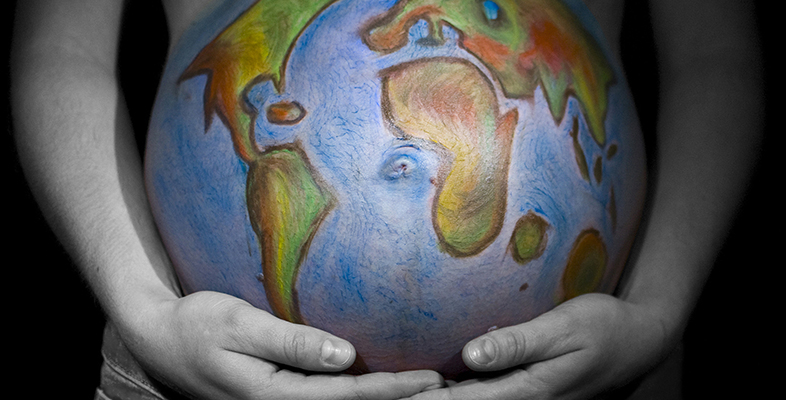2.2 The unchanging lives of girls
Hearing about the Khan family in the previous section was a good illustration of how some girls’ lives have changed very much for the better.
But however good, and important, it is to read that inequality (here it is gender inequality) is being successfully targeted and that health, education, employment prospects, political power, safety and general well-being is improving for many girls and women around the world, it is crucial to keep in mind that change, even significant change, is diffused and unevenly spread across and within countries.

In 2010 The Economist reported on a ‘worldwide war on baby girls’. You will remember this issue from last week. Read the extract below from Xinran Xue a Chinese writer who describes visiting a peasant family in the Yimeng area of Shandong province where a woman was giving birth.
“We had scarcely sat down in the kitchen”, she writes, “when we heard a moan of pain from the bedroom next door…The cries from the inner room grew louder—and abruptly stopped. There was a low sob, and then a man’s gruff voice said accusingly: ‘Useless thing!’
“Suddenly, I thought I heard a slight movement in the slops pail behind me,” Miss Xinran remembers. “To my absolute horror, I saw a tiny foot poking out of the pail. The midwife must have dropped that tiny baby alive into the slops pail! I nearly threw myself at it, but the two policemen [who had accompanied me] held my shoulders in a firm grip. ‘Don’t move, you can’t save it, it’s too late.’
“‘But that’s…murder…and you’re the police!’ The little foot was still now. The policemen held on to me for a few more minutes. ‘Doing a baby girl is not a big thing around here,’ [an] older woman said comfortingly. ‘That’s a living child,’ I said in a shaking voice, pointing at the slops pail. ‘It’s not a child,’ she corrected me. ‘It’s a girl baby, and we can’t keep it. Around these parts, you can’t get by without a son. Girl babies don’t count.’”
While one girl’s or woman’s life is today radically different from that of her mother or grandmother, other girl’s and woman’s lives in 2020 seem to hardly have changed at all. You will look at one example of this next.
